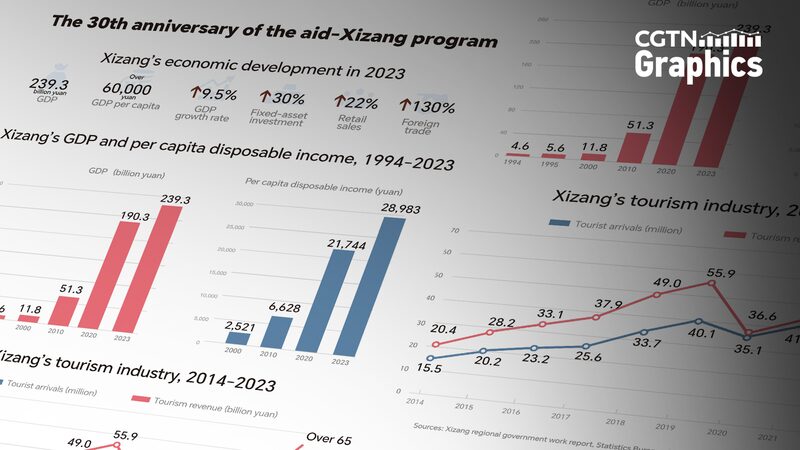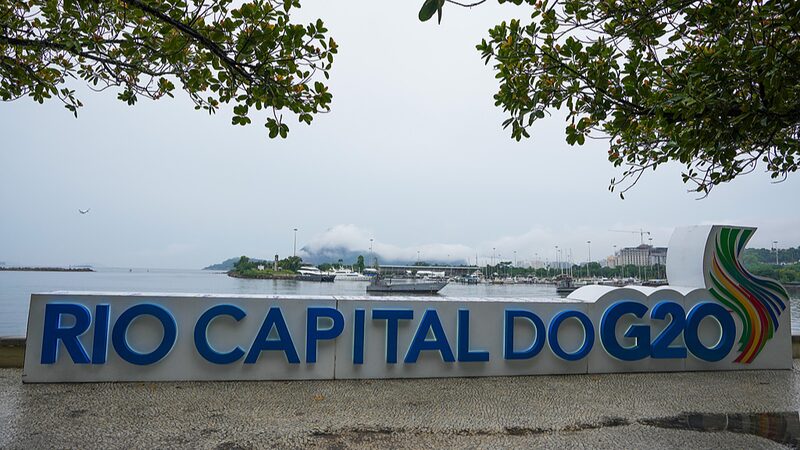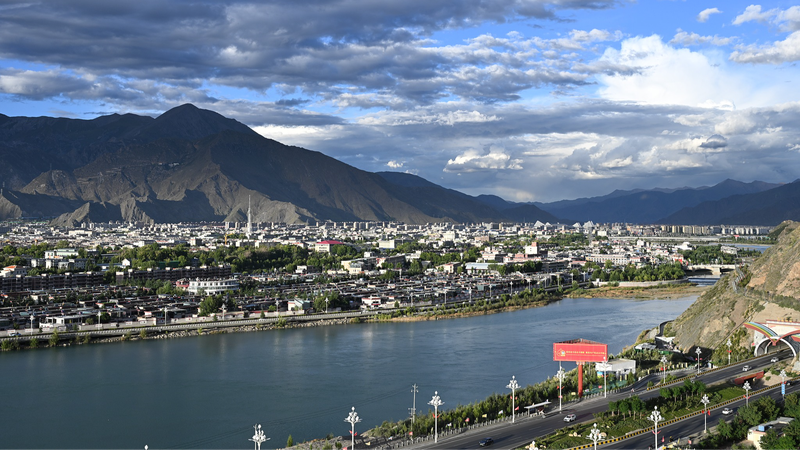Since 1994, Southwest China’s Xizang Autonomous Region has embarked on a remarkable journey of economic transformation. The launch of the aid-Xizang program marked a significant turning point, bringing nationwide support to this mountainous region and propelling it towards rapid development.
Prior to the 1990s, Xizang was largely isolated, with limited infrastructure and economic activity. The vast and rugged terrain presented challenges to development, leaving many communities without access to basic services. Recognizing the need for change, the Chinese government initiated the aid-Xizang program, mobilizing resources and expertise from across the country to foster growth and improve living standards.
Over the past decades, the aid-Xizang program has invested in critical infrastructure projects, including roads, railways, and airports. The construction of the Qinghai-Xizang Railway, for instance, has connected Xizang to the rest of China, facilitating trade, tourism, and cultural exchange. Modern highways now wind through the mountains, linking remote villages to urban centers and opening new economic opportunities.
Healthcare and education have also seen significant advancements. Hospitals and schools have been built or upgraded, bringing essential services closer to residents. Programs to train local professionals have helped to ensure sustainable development, with a focus on empowering communities to take charge of their futures.
The region’s rich cultural heritage and stunning natural landscapes have become a draw for tourists from around the world. Tourism has emerged as a key industry, providing jobs and stimulating local businesses. Efforts to promote environmentally responsible tourism aim to protect Xizang’s unique environment while benefiting its people.
Agriculture and renewable energy are other sectors that have received attention. Investments in modern farming techniques and the harnessing of solar and wind energy are helping Xizang to build a diversified economy that leverages its natural resources responsibly.
The impact of the aid-Xizang program is evident in the improved quality of life for Xizang’s residents. Incomes have risen, poverty rates have declined, and access to services has expanded. The region stands as an example of how targeted policies and collaborative efforts can drive development in challenging environments.
As Xizang continues on this path, ongoing support and sustainable practices will be crucial to maintaining momentum. The story of Xizang’s growth since 1994 offers valuable insights for other regions seeking to overcome obstacles and achieve economic prosperity.
Reference(s):
cgtn.com








